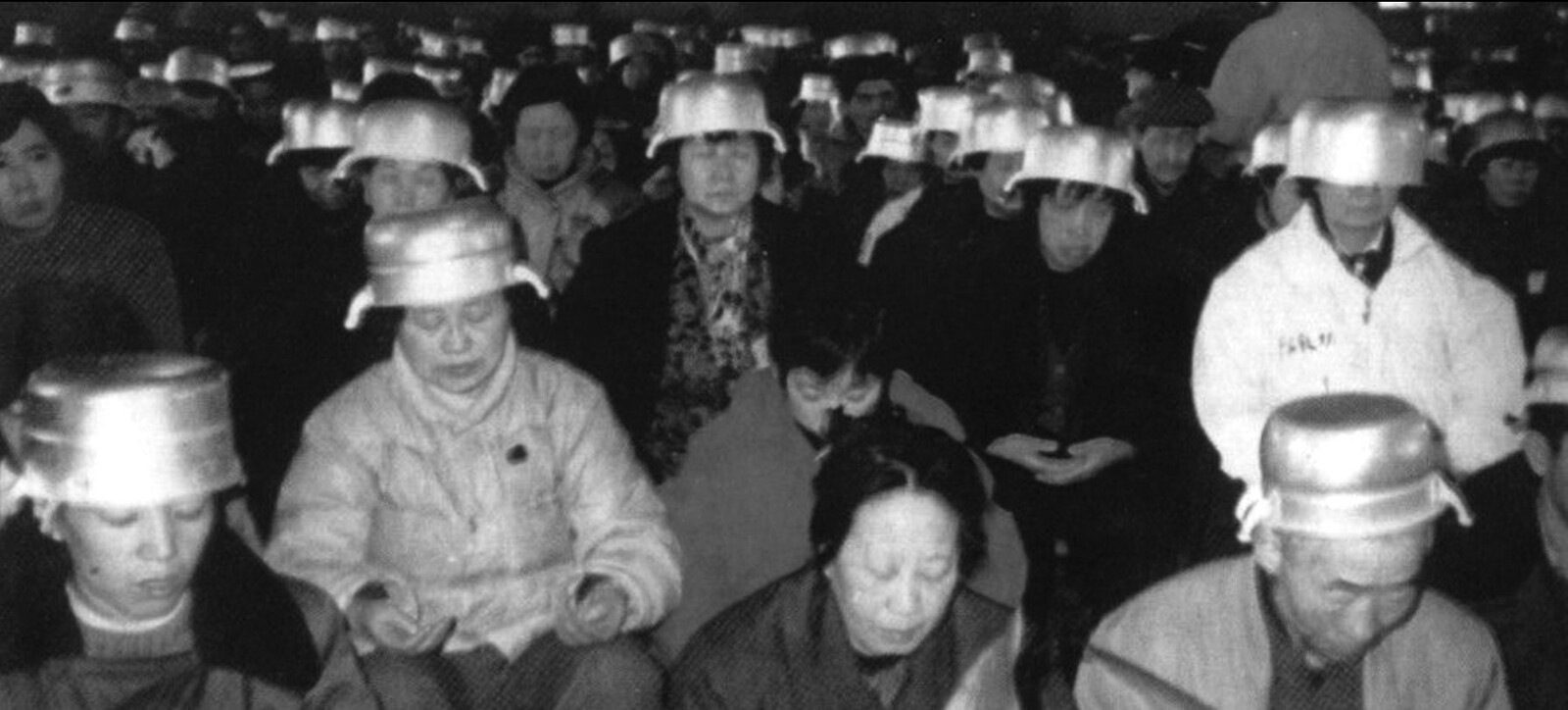The human body as a medium is not a new phenomenon. Traditional Chinese philosophy and religious practices, as well as spiritualism in the nineteenth century, had featured different versions of the body-as-a-medium within different epistemological modes. The increasingly pervasive computational environments bring the human body to the center of current media studies, especially in the new media scholarship on digitization and networks. But the emergence of an “information body”—the body as a medium for information processing—in China in the 1980s, on the one hand, registered the ways in which contemporary media technologies transform the perceptions and interactions of the human body with the world, and, on the other hand, was a discursive construction deeply entrenched in the politics of the postsocialist world, accompanying the production and unleashing of consumer desire in the process of marketization, and concurrent with the privilege of “information workers” over factory workers and peasants, who were once valorized as socialist subjects. This “information body,” however, is not merely a passive receiver or transmitter of information.
